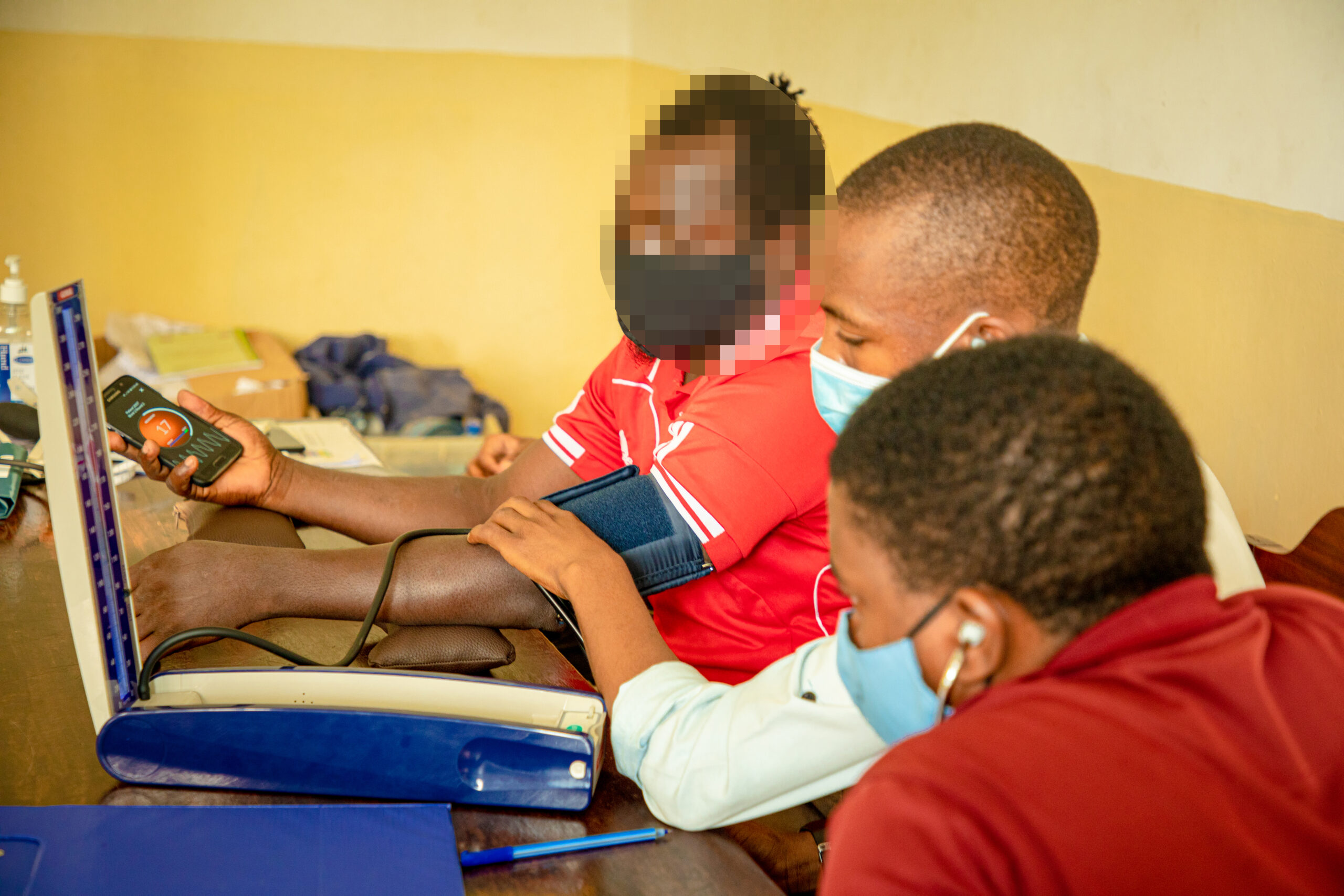Digital Health Landscape Overview in Europe and US
The digital health industry is ripe with opportunities for innovative startups developing software medical devices. However, navigating the regulatory and commercial landscapes in both Europe and the U.S. can be a complex endeavor. This article aims to shed light on key considerations for aspiring entrepreneurs in this space.
Understanding Regulatory Frameworks
Europe: The Medical Device Regulation (MDR)
The European Union’s MDR, which came into effect in 2021, sets stringent requirements for medical devices, including software. Startups must classify their devices based on risk, implement a quality management system (QMS), conduct clinical evaluations, and obtain CE marking before entering the market. Partnering with notified bodies for conformity assessments is essential.
U.S.: The Food and Drug Administration (FDA)
The FDA regulates software medical devices under its existing framework. Startups must determine if their software qualifies as a medical device, classify it based on risk, and potentially submit a premarket notification (510(k)) or premarket approval (PMA) application. Engaging with the FDA early in the development process is crucial.
Clinical Validation and Evidence
Demonstrating clinical validation and generating robust evidence is paramount for both regulatory approval and market acceptance. Startups should design clinical studies that adhere to relevant guidelines, such as ISO 14155 for clinical investigations of medical devices, and ensure data integrity throughout the process.
Data Privacy and Security
Protecting patient data is non-negotiable. Startups must comply with stringent data protection regulations like the EU’s General Data Protection Regulation (GDPR) and the U.S.’s Health Insurance Portability and Accountability Act (HIPAA).Implementing robust security measures, encryption protocols, and data anonymization techniques are critical.
Reimbursement Strategies
Securing reimbursement for software medical devices can be challenging. Startups should develop a comprehensive reimbursement strategy that considers the specific requirements of different healthcare systems and payers in both Europe and the U.S. Engaging with key stakeholders, such as health technology assessment (HTA) bodies, is advisable.
Commercialization and Market Access
Successfully commercializing a software medical device requires a well-defined market access strategy. Startups should conduct thorough market research, identify target customers, develop compelling value propositions, and build relationships with key opinion leaders (KOLs) and distribution partners.
Additional Considerations
-
- Intellectual property: Protect your innovation through patents, trademarks, and copyrights.
-
- Financial resources: Secure adequate funding for development, regulatory processes, and commercialization.
-
- Team building: Assemble a multidisciplinary team with expertise in regulatory affairs, clinical research, software development, and business development.
-
- Post-market surveillance: Establish a robust system for monitoring device performance, collecting user feedback, and reporting adverse events.
Building a successful digital health software medical device startup in Europe and the U.S. is a challenging but rewarding endeavor. By understanding and proactively addressing the key considerations outlined in this article, entrepreneurs can increase their chances of bringing their innovative solutions to market and making a positive impact on patient care.

